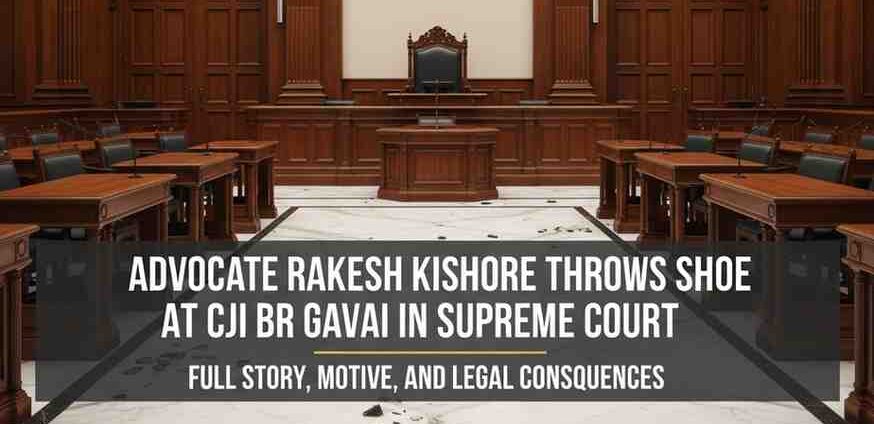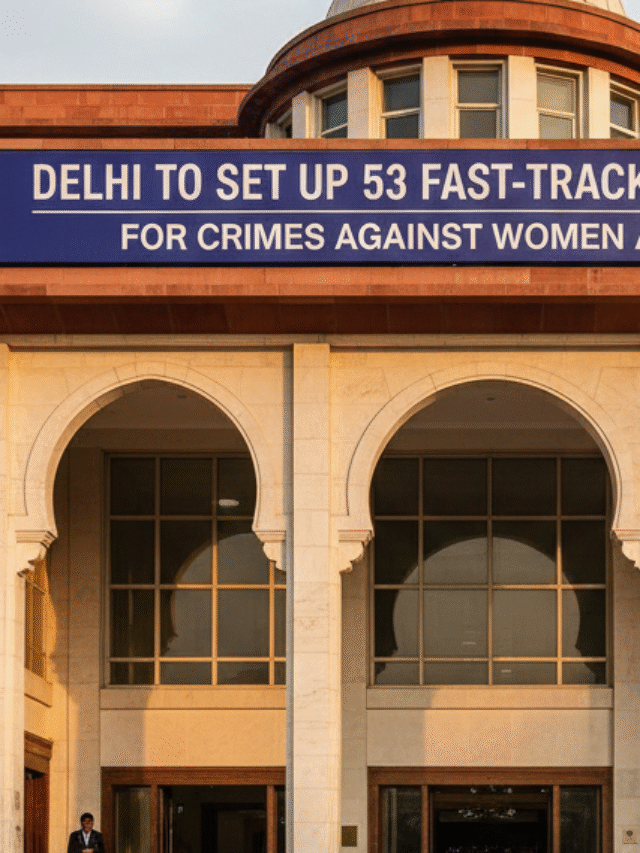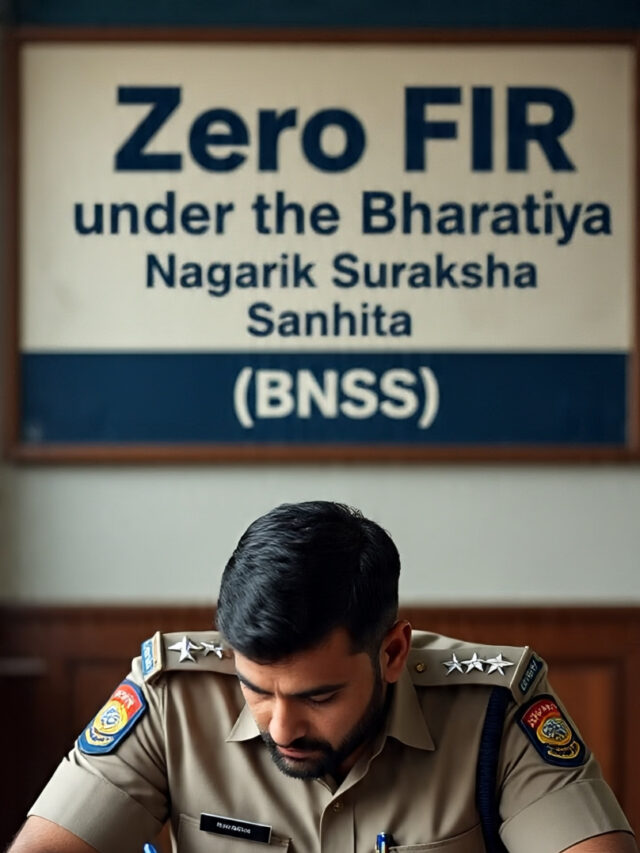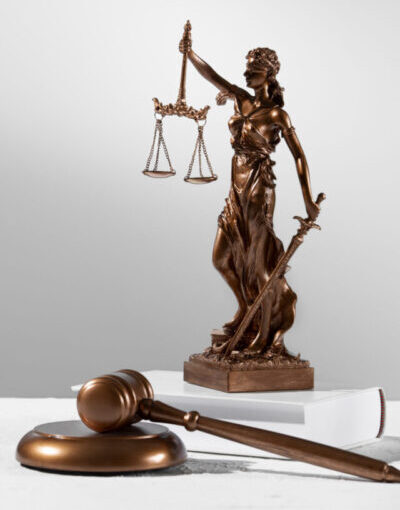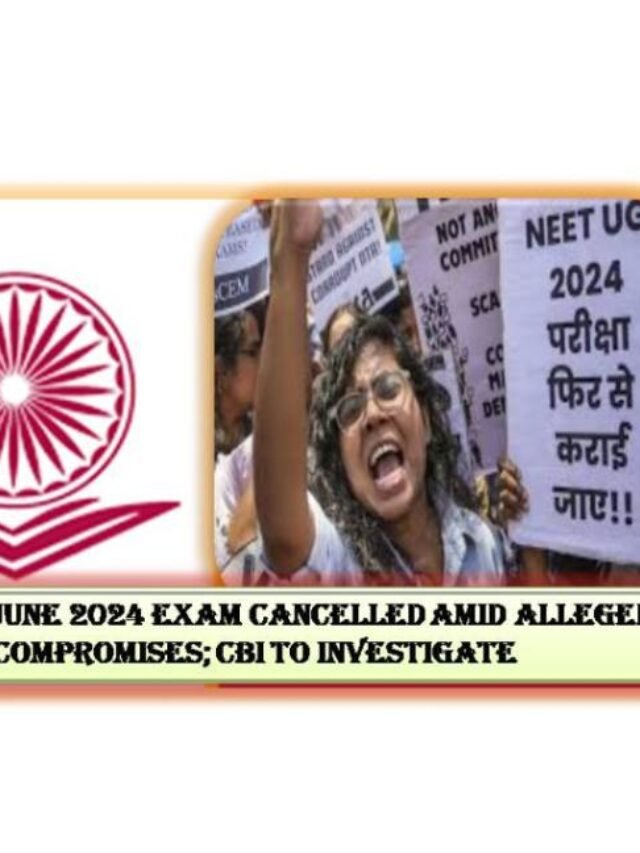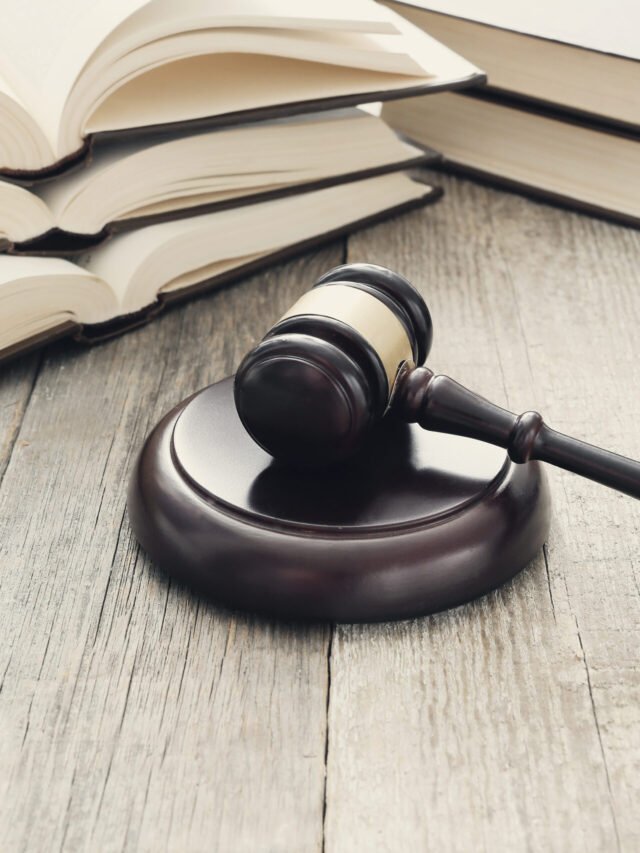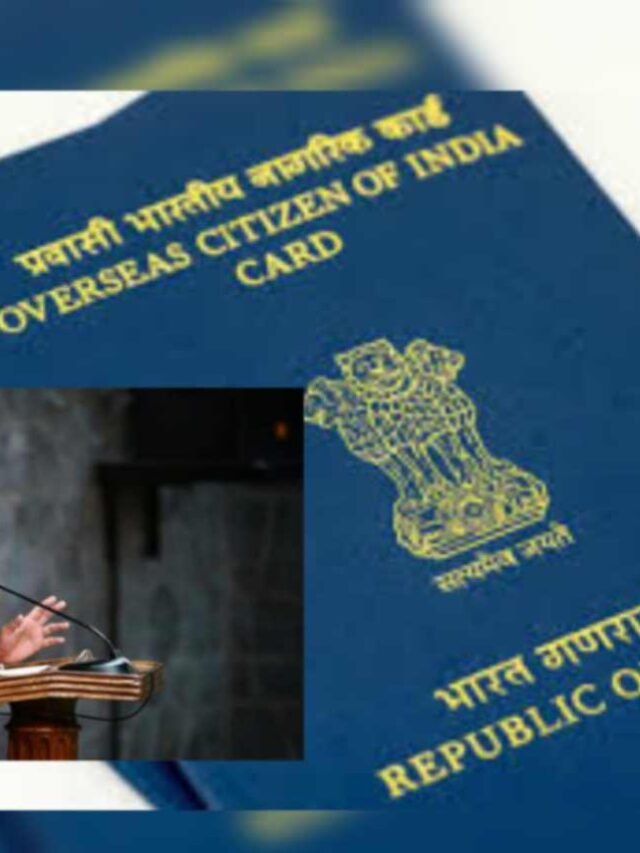Advocate Rakesh Kishore threw a shoe at Chief Justice of India BR Gavai inside the Supreme Court on 6 October 2025. Learn the real reason, Bar Council action, and possible legal outcomes in this detailed report.
Advocate Throws Shoe at CJI BR Gavai
In an unprecedented incident that shocked India’s legal fraternity, 71-year-old advocate Rakesh Kishore attempted to throw his shoe at Chief Justice of India (CJI) BR Gavai inside the Supreme Court of India on Monday, 6 October 2025.
The act occurred in Courtroom No. 1 at around 11:35 a.m., while a regular hearing was underway. The shoe did not hit anyone — it landed near the courtroom dais before security officers swiftly intervened. The incident led to immediate disciplinary action by the Bar Council of India (BCI), which suspended Kishore’s licence to practise law pending an inquiry.
Who Is Advocate Rakesh Kishore?
Rakesh Kishore is a senior advocate from Uttar Pradesh with over four decades of legal experience. He was known in court circles for his public interest litigations (PILs), often revolving around religious and social issues.
Colleagues describe him as deeply religious and outspoken. However, this was the first recorded instance of physical or symbolic aggression in his long legal career.
Why Did He Do It? The Alleged Motive
During interrogation, Kishore told police that his act was a form of “symbolic protest” against what he called “remarks hurting Hindu sentiments” in a recent Supreme Court case concerning the restoration of a Lord Vishnu idol at Khajuraho.
He reportedly carried a handwritten note that read:
“Mera sandesh har Sanatani ke liye hai… Sanatan dharma ka apmaan nahi sahega Hindustan.”
This suggests that Kishore viewed his action as a religious statement, though it violated every code of legal decorum and professional ethics.
CJI BR Gavai’s Reaction
Chief Justice Gavai remained calm throughout. He later stated that nothing hit him or the bench, and he heard only a “thud-like sound.” The CJI did not demand criminal prosecution, emphasizing restraint and leaving the disciplinary process to the Bar Council of India.
His dignified response drew widespread praise, reinforcing the judiciary’s commitment to composure and dignity even in moments of provocation.
Bar Council of India’s Response
Within hours, the Bar Council of India (BCI) issued a strong statement condemning the act as “a disgrace to the legal profession and an insult to the sanctity of the Supreme Court.”
The BCI ordered:
- Immediate suspension of Rakesh Kishore’s licence to practise.
- Initiation of disciplinary proceedings to determine whether his actions warrant permanent disbarment.
The Council further reminded advocates that freedom of speech and faith cannot justify indiscipline or contemptuous behaviour in a courtroom.
Legal Consequences Kishore May Face
While the Supreme Court chose not to press direct charges, Kishore could still face penalties under various provisions of law:
- Contempt of Court (Section 12, Contempt of Courts Act, 1971):
His behaviour disrupted court proceedings and disrespected the bench. This can attract up to six months’ imprisonment or a fine. - IPC Sections 352 & 504 (Assault / Intentional Insult):
Although no physical harm occurred, the symbolic act of throwing a shoe may be treated as an attempt to assault a public servant. - Permanent Disbarment:
The BCI disciplinary panel can decide to permanently revoke his licence, which would end his legal career.
Public and Legal Community Reactions
The incident has triggered widespread discussion across India’s legal circles.
- Senior advocates and bar associations condemned the act, calling it an embarrassment to the judiciary.
- Some commentators highlighted the need for mental health support for stressed lawyers, noting that courtroom pressures often lead to emotional outbursts.
- However, most agreed that aggression of any kind cannot be tolerated inside the Supreme Court, a space symbolic of the Constitution itself.
Former Attorney General Mukul Rohatgi commented:
“Even when emotions run high, the sanctity of the court must be preserved. The rule of law depends on restraint and reason, not protest or violence.”
What Happens Next?
The Bar Council’s disciplinary inquiry will decide Kishore’s professional fate. He is currently barred from appearing in any court. If found guilty of professional misconduct, he could face permanent disbarment and loss of pensionary or welfare benefits associated with his bar membership.
The case has also prompted the Supreme Court to review security measures within courtrooms, including checks on advocates entering with large bags or objects.
FAQs on the Rakesh Kishore–CJI BR Gavai Incident
When did the shoe-throwing incident occur?
It happened on 6 October 2025, inside the Supreme Court of India’s Court No. 1 during a hearing before Chief Justice BR Gavai.
Why did Advocate Rakesh Kishore do it?
He claimed it was a protest against perceived disrespect toward Sanatan Dharma in a religious case.
Will he face criminal charges?
No FIR has been filed yet, but the BCI proceedings could lead to permanent disbarment.
Conclusion
The Rakesh Kishore–CJI BR Gavai incident is a rare and troubling moment in India’s judicial history. While it underscores the depth of emotion attached to faith-based issues, it also highlights the uncompromising need for decorum, respect, and restraint inside courtrooms.
The judiciary remains the ultimate symbol of law and order — and any act that threatens its dignity must be met with proportionate and firm accountability. The Bar Council’s swift suspension sends a clear message: no belief, ideology, or grievance can justify contempt toward the court of law.

